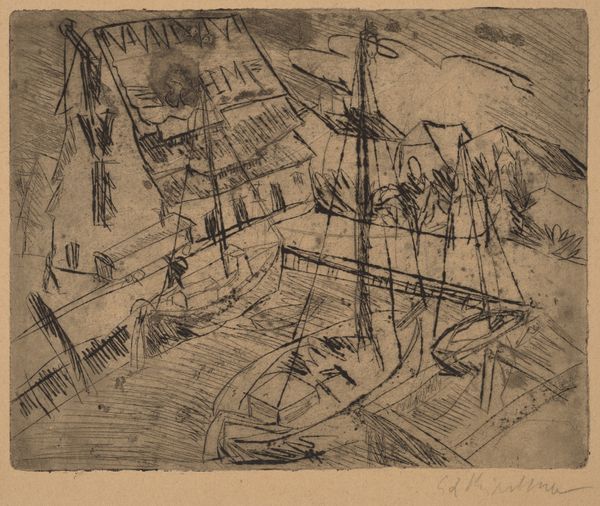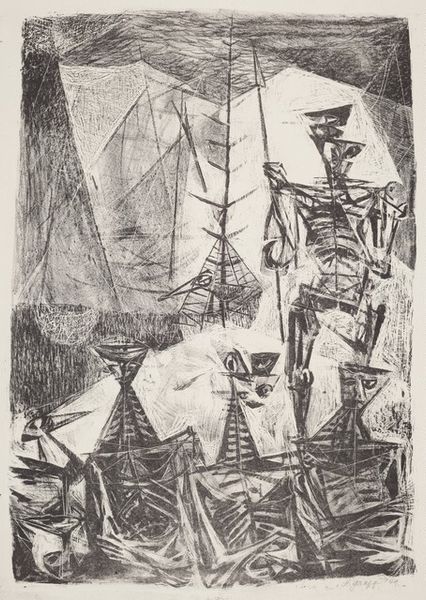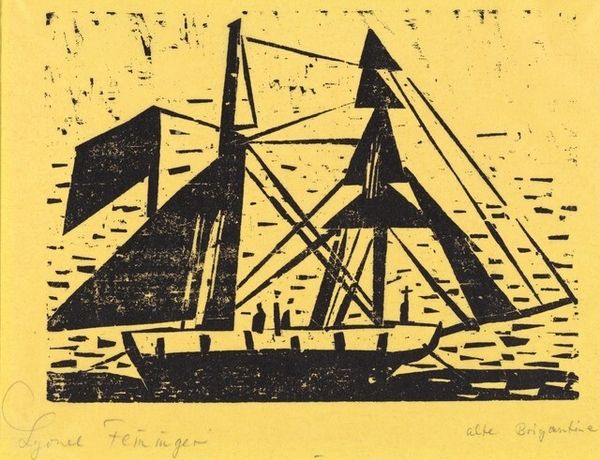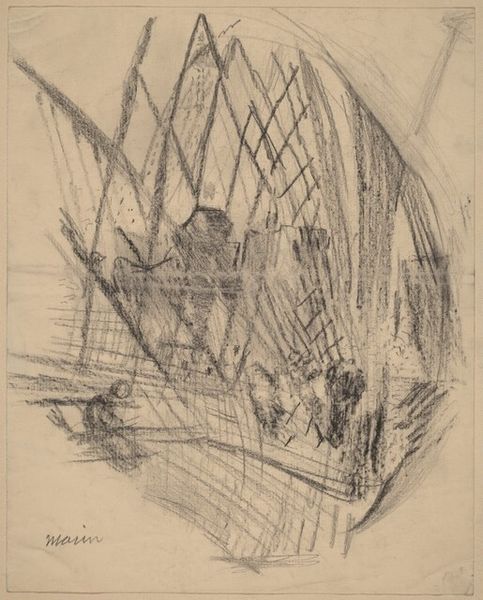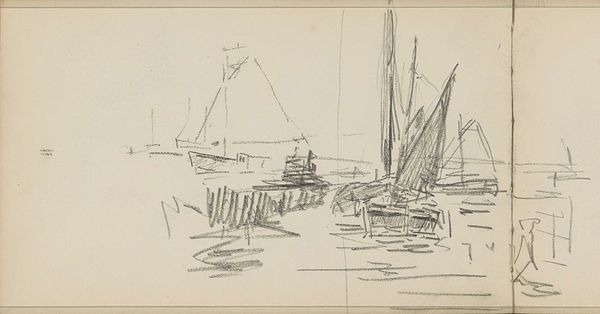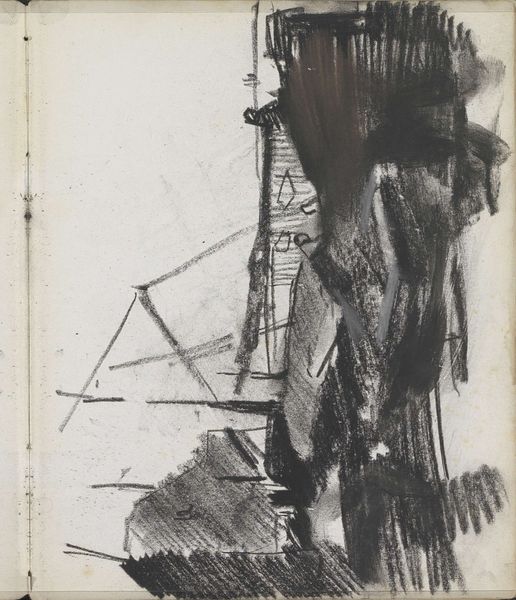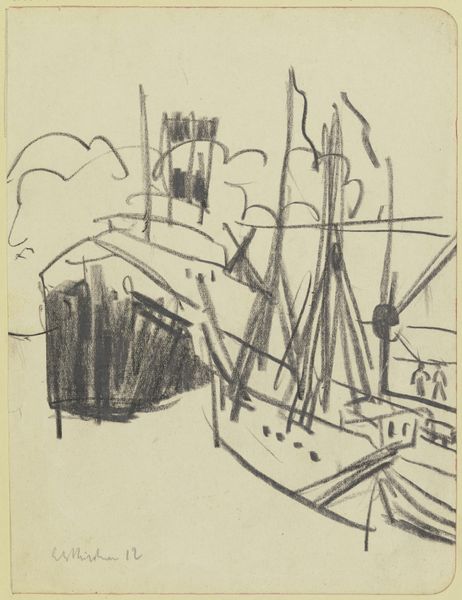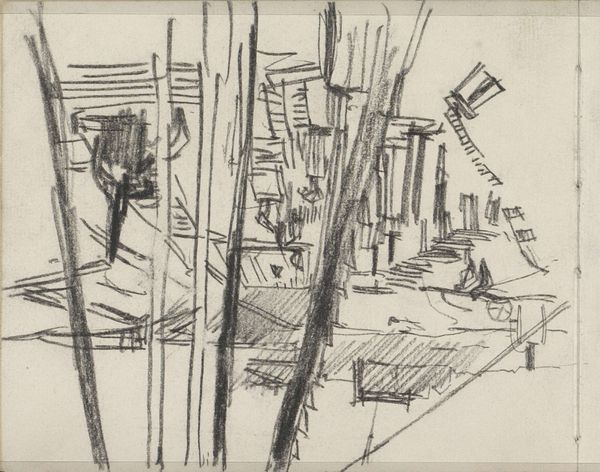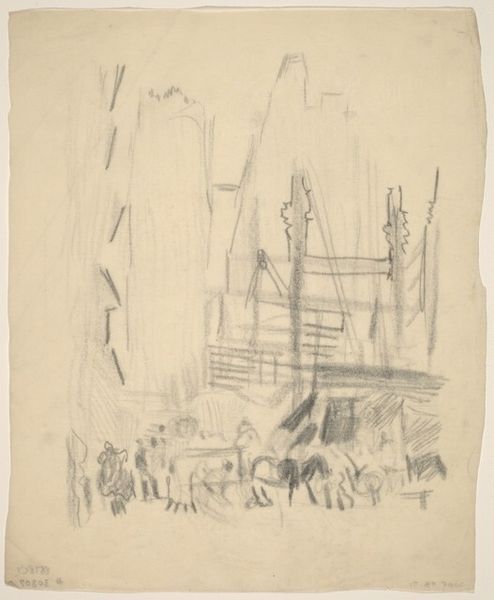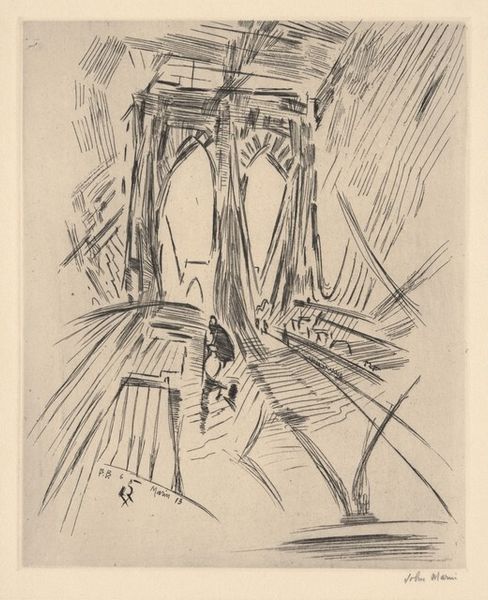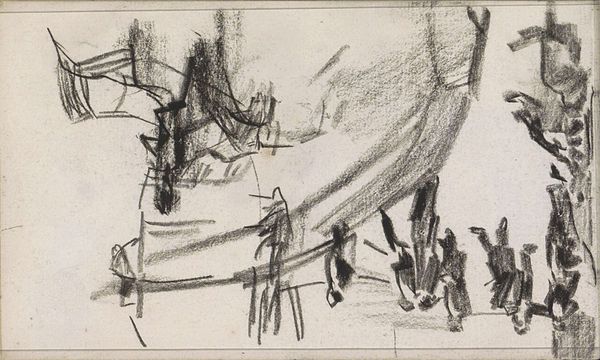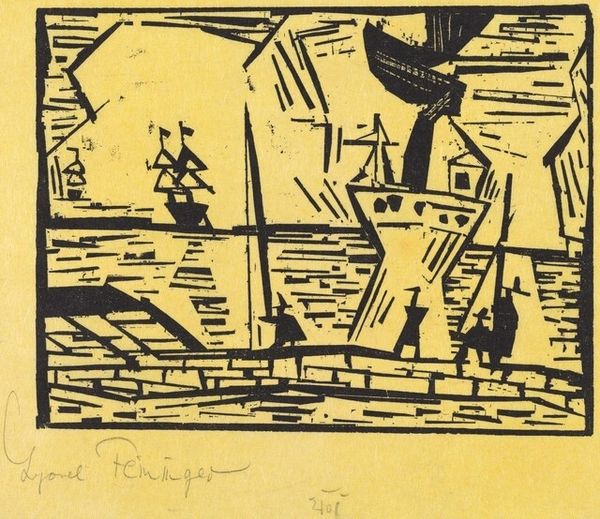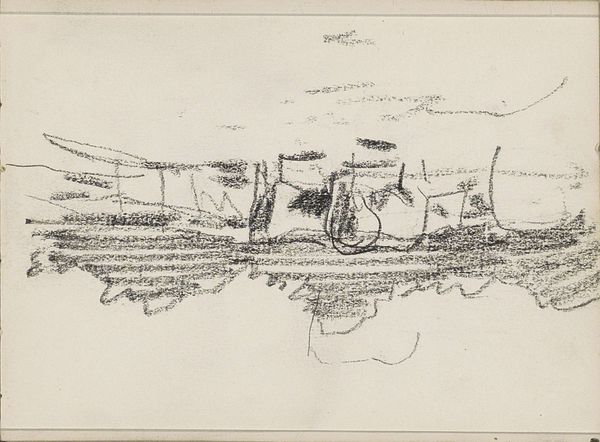
print, woodcut
# print
#
landscape
#
german-expressionism
#
figuration
#
woodcut
#
line
#
cityscape
Copyright: National Gallery of Art: CC0 1.0
Editor: So this woodcut is titled "Fleet of 17th Century Galleons (Hansaflotte)," created in 1918 by Lyonel Feininger. It feels so… dynamic, almost agitated. All these sharp, angular lines describing the ships and, I guess, the sky above them? How would you interpret this work? Curator: Well, consider the socio-political context of 1918. This was the end of World War I. Feininger, a German-American artist, was working within the German Expressionist movement. These artists often used distorted forms and intense colors to express inner anxieties about modern society. Does this perspective shift how you see it now? Editor: It does. So the dynamic lines aren’t just about the visual effect, they also reflect the turmoil of the time? But why galleons? Was he looking back to the past to comment on the present? Curator: Precisely. The Hansa, or Hanseatic League, was a powerful medieval trading group of northern German cities. By 1918, this former trade association existed in collective memory of power and influence. The association would have conjured ideas about trade and wealth with its colonial underpinnings at a historical moment when countries were facing dramatic, world-altering social and political upheaval. Now, consider Feininger’s choice of medium, the woodcut. Does the nature of this technique speak to any symbolic content, or help connect with the artist on an aesthetic level? Editor: The woodcut feels very… elemental, like it connects to something ancient. So the combination of subject matter and technique work together to convey both a sense of historical weight and contemporary disruption? Curator: Exactly! The ships signify trade, globalization, historical power struggles, but Feininger renders them in a fractured, unsettling way, hinting at the instability of the present and a possibly grim future. The print medium itself allows for a wider distribution to a modern, broad audience. Editor: Wow, I wouldn't have picked up on so many layers without that historical context. It really changes how I see the piece. Thanks! Curator: My pleasure! It's always rewarding to unpack how social forces shape artistic expression and, conversely, how art shapes public perception.
Comments
No comments
Be the first to comment and join the conversation on the ultimate creative platform.
